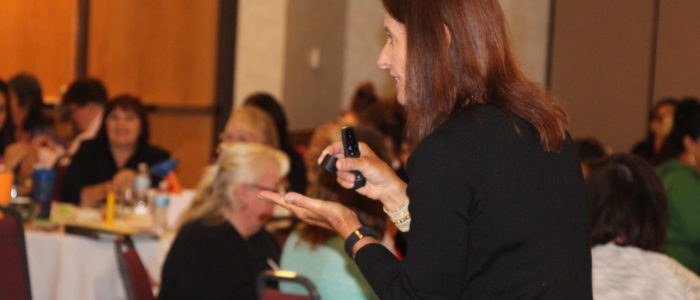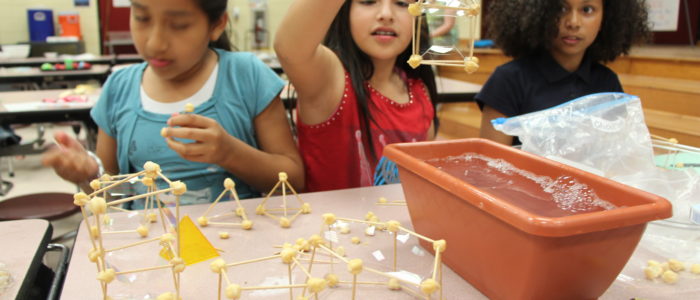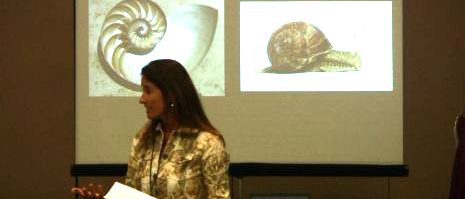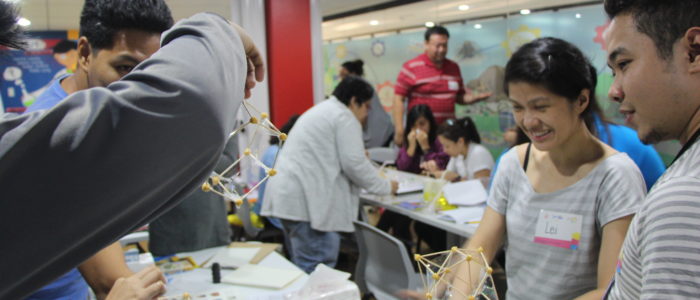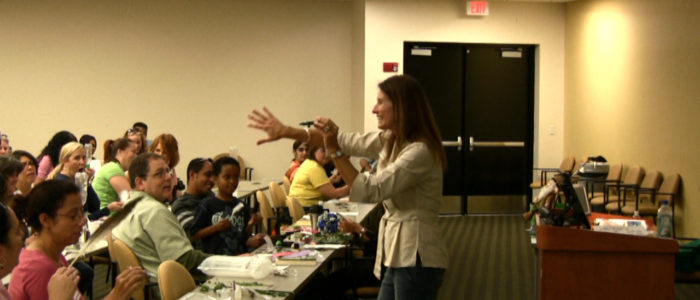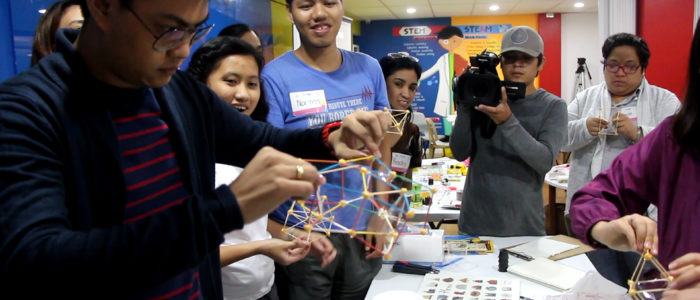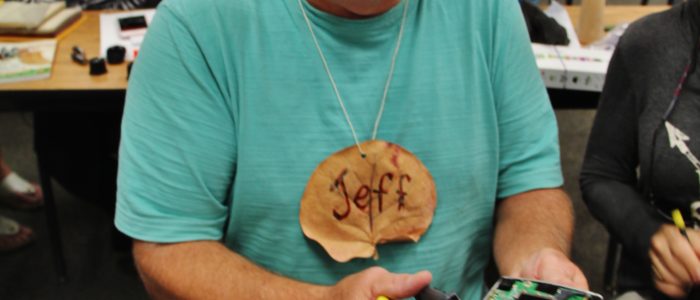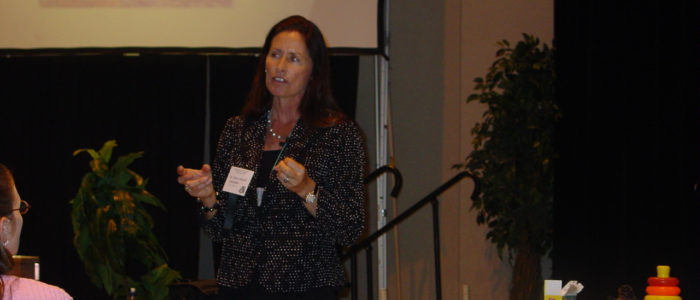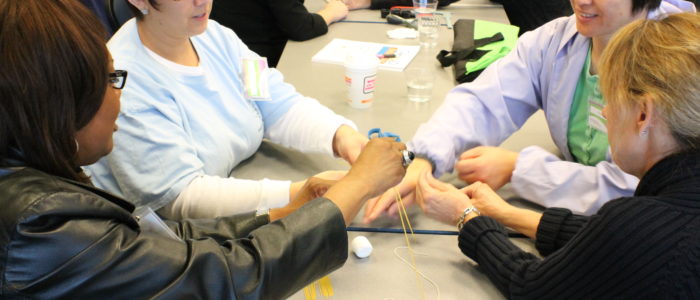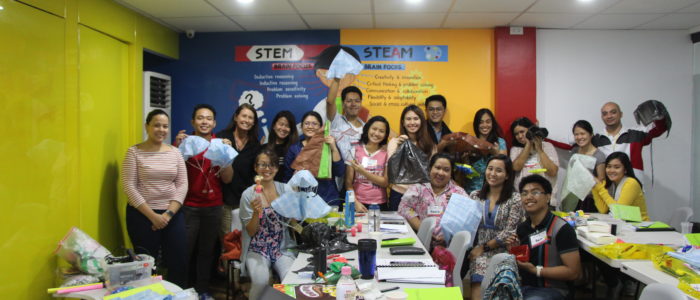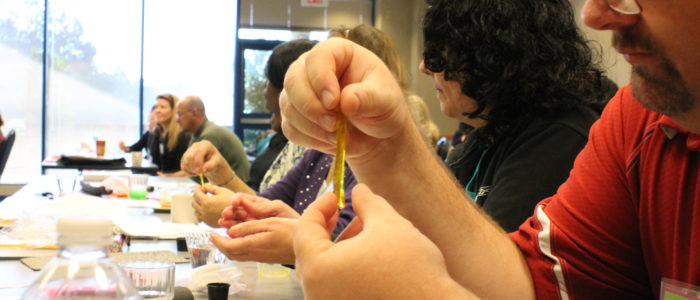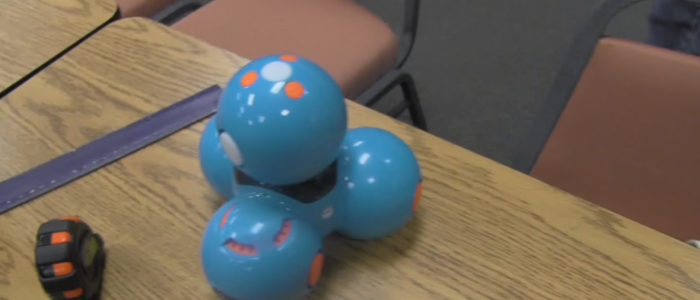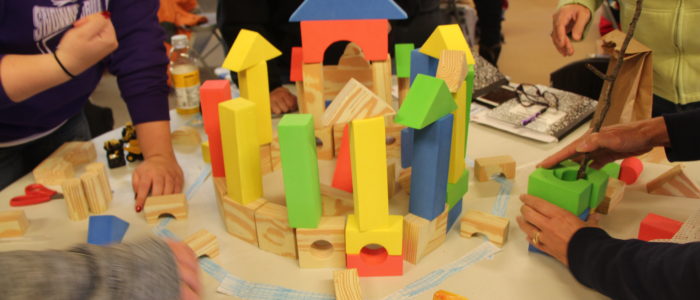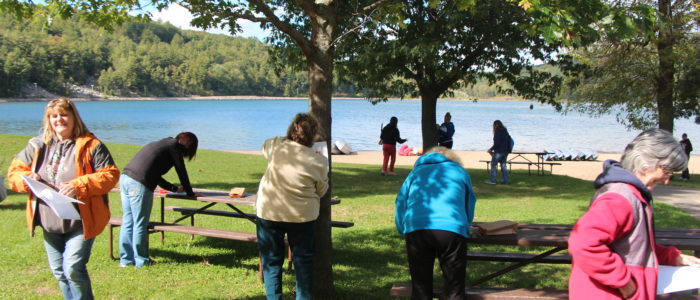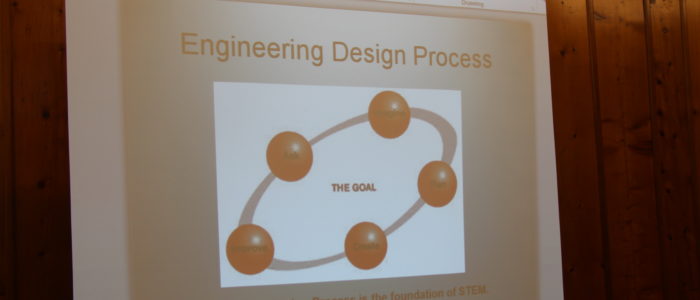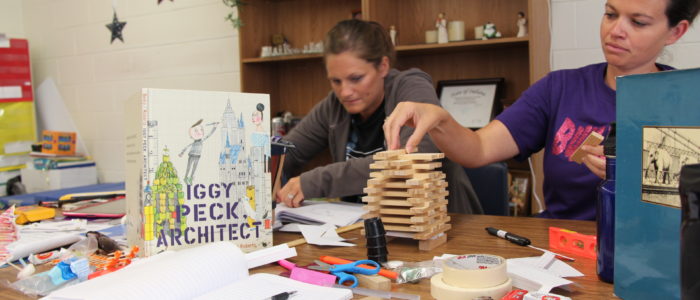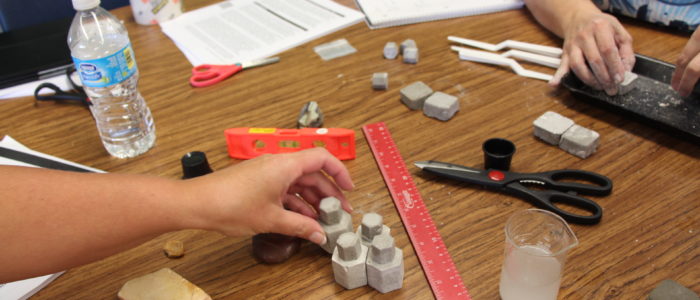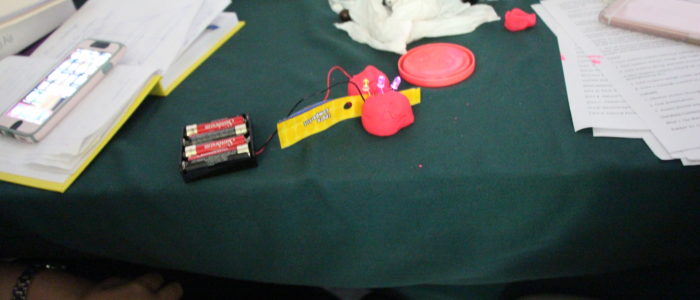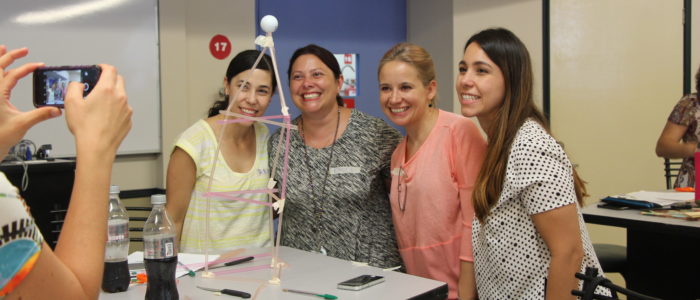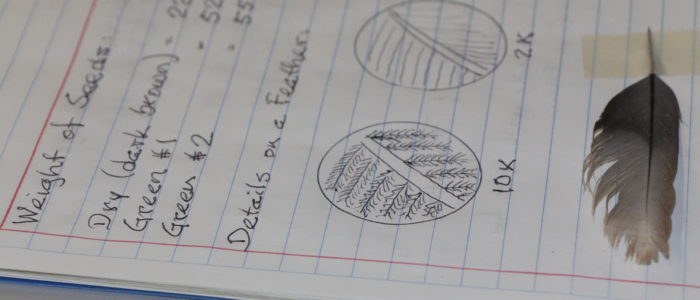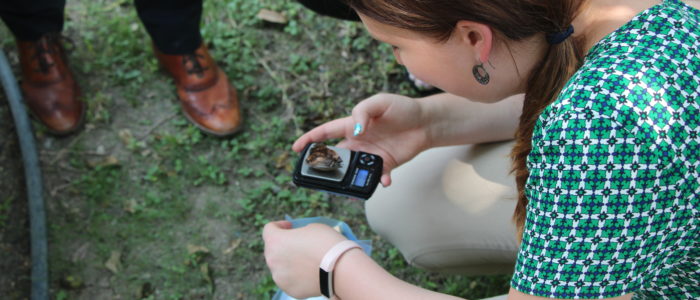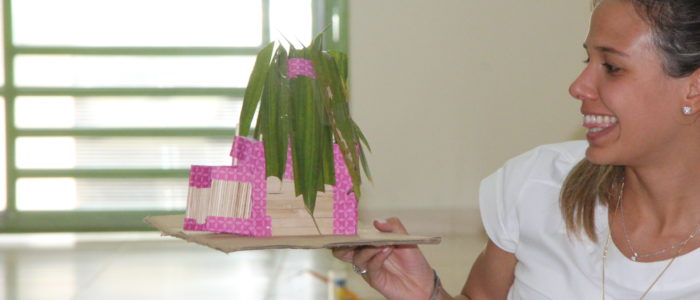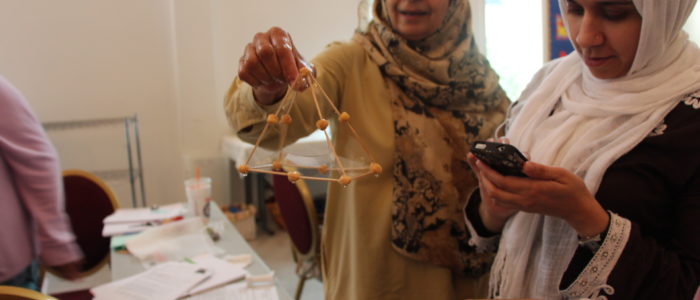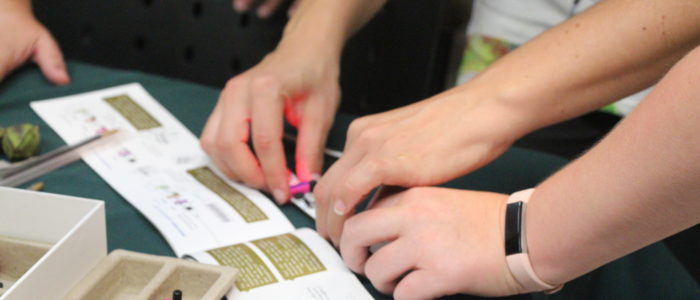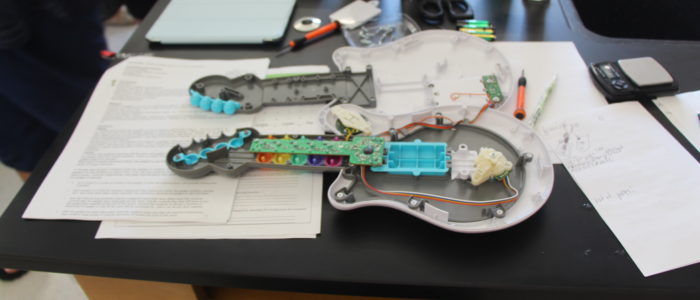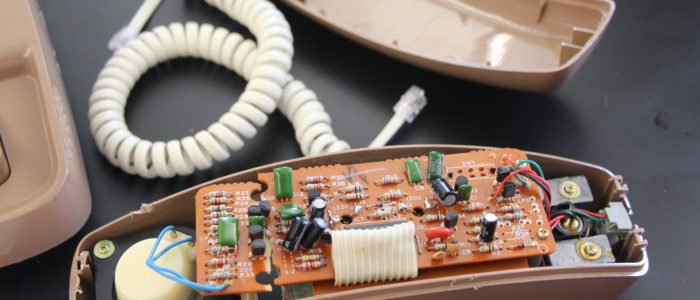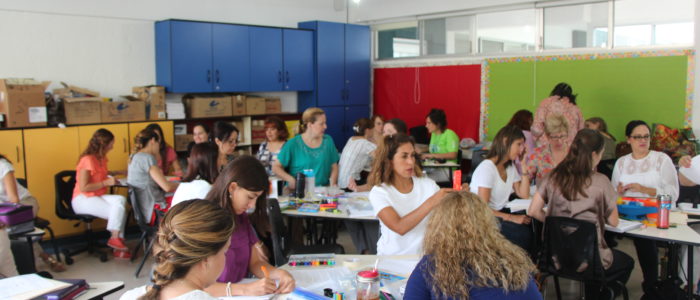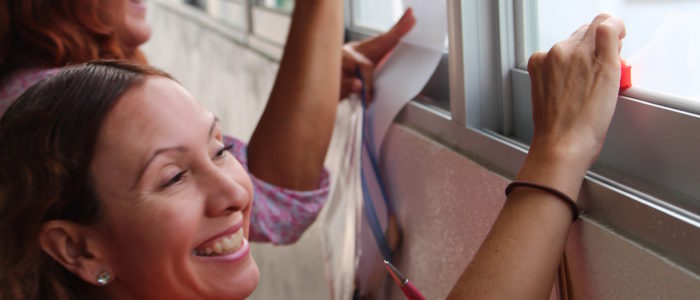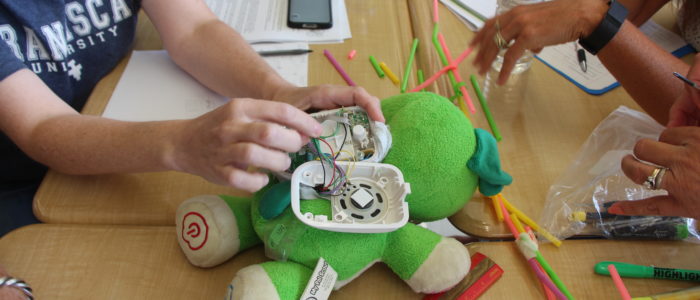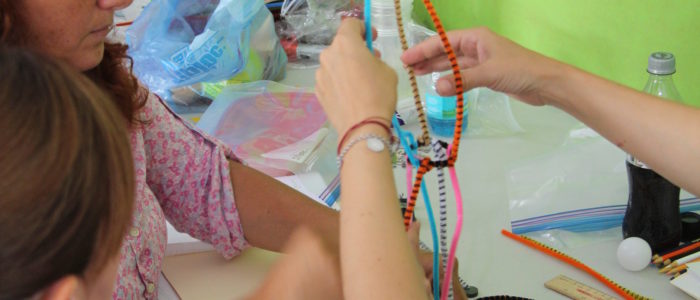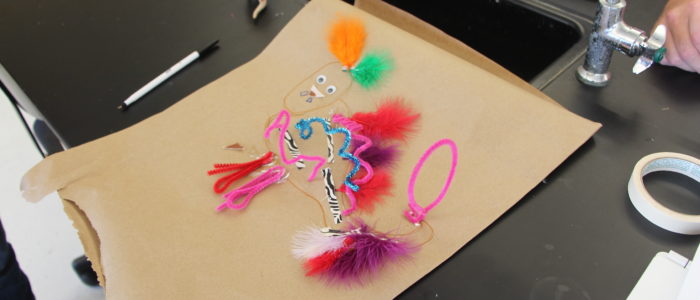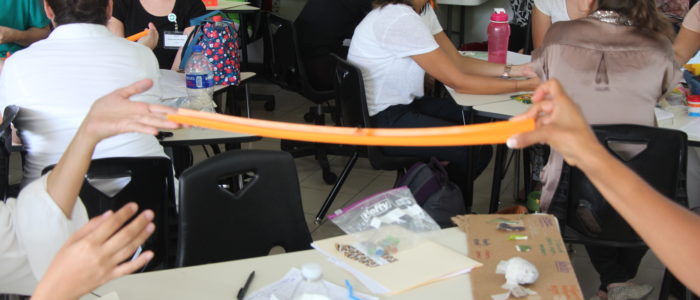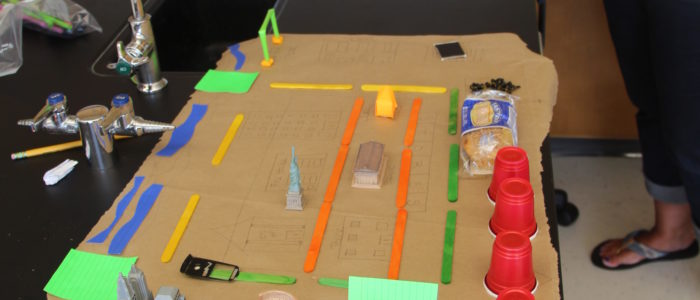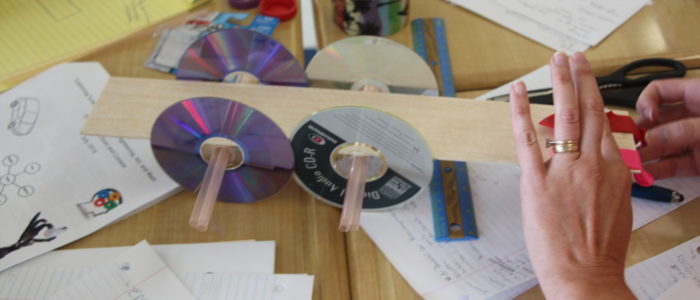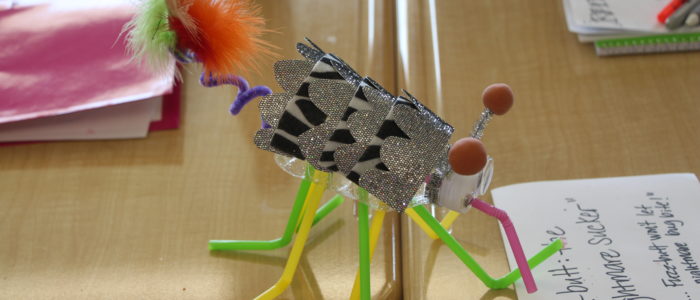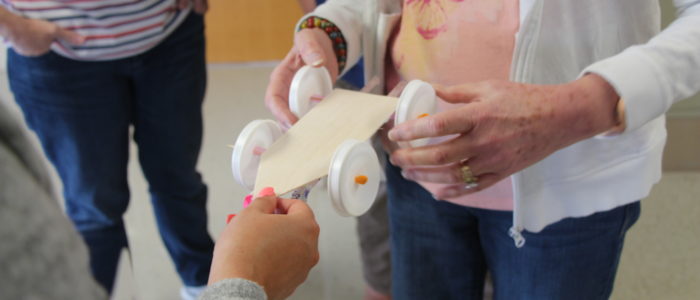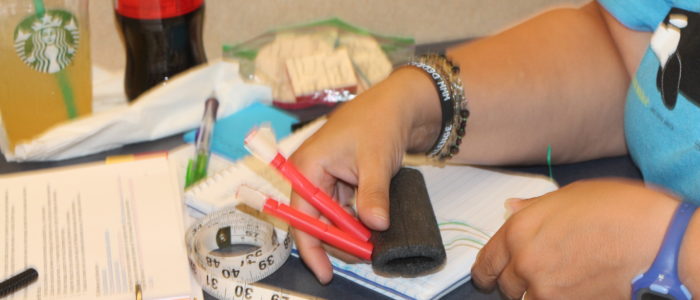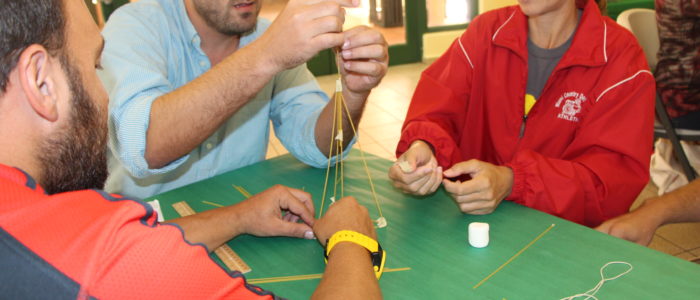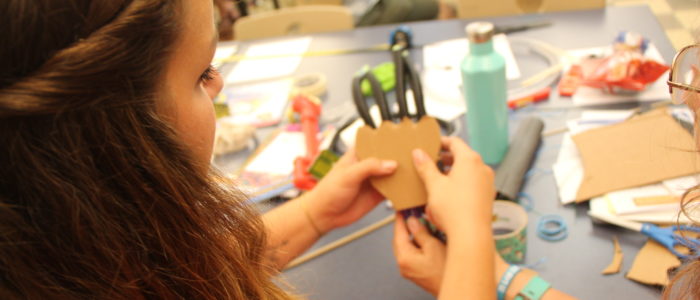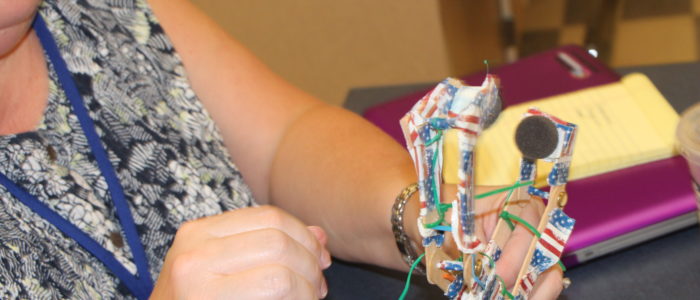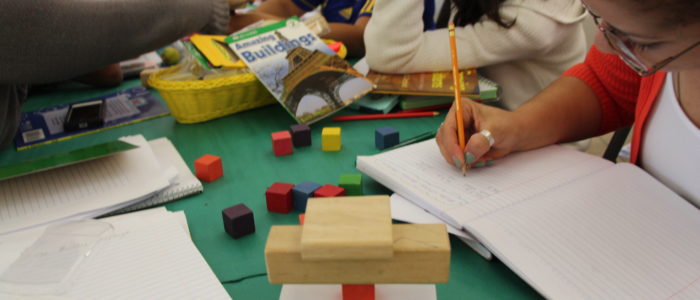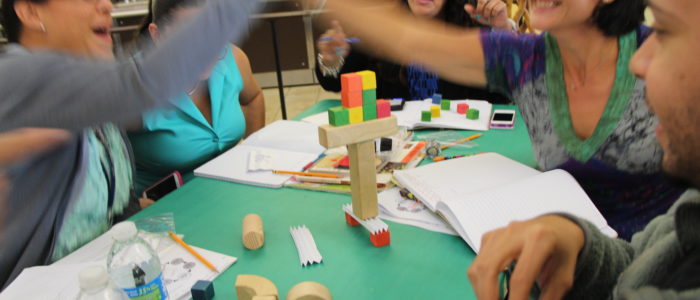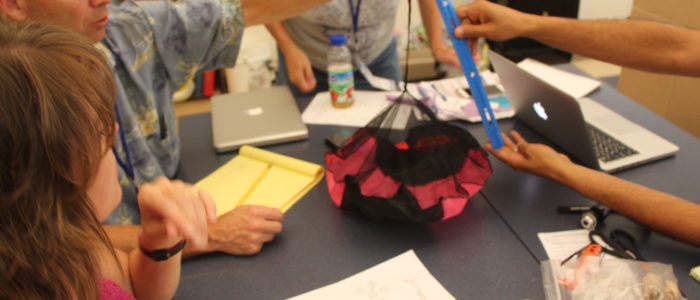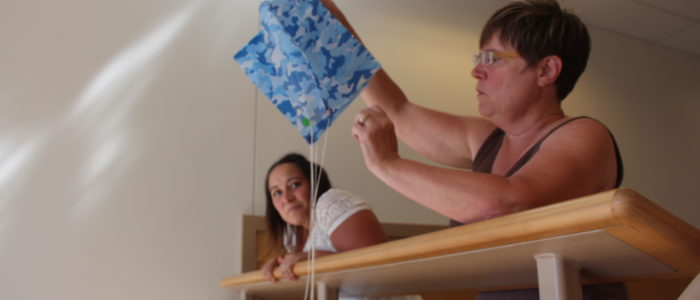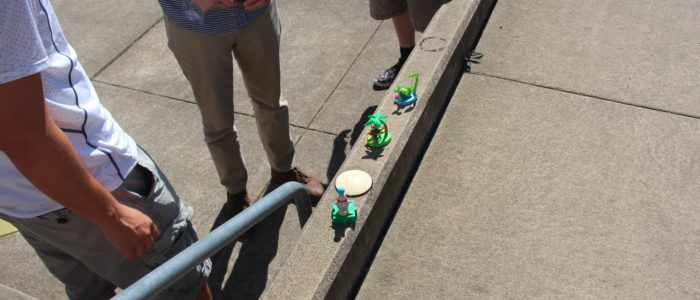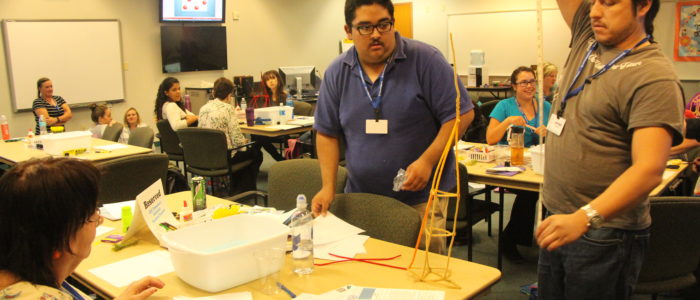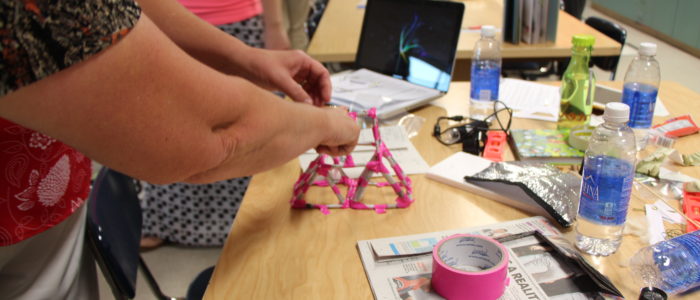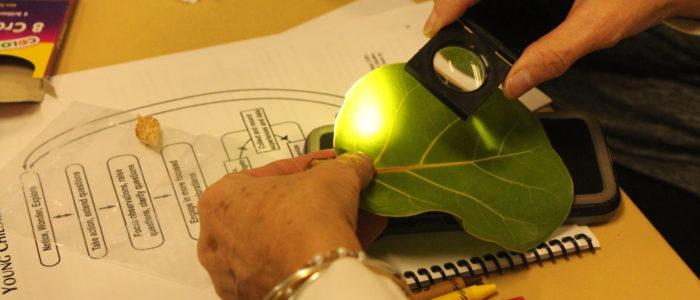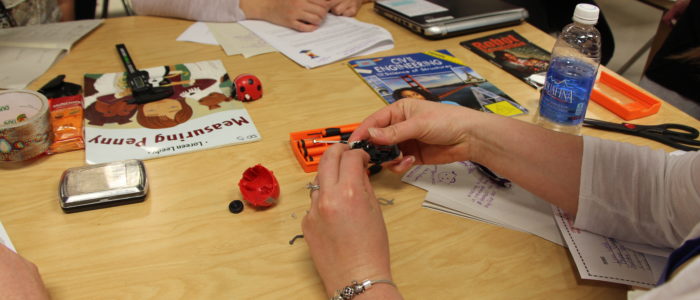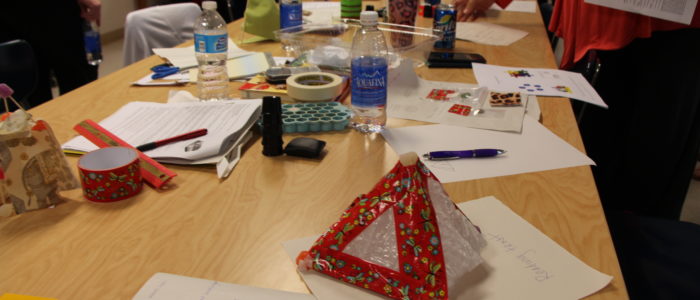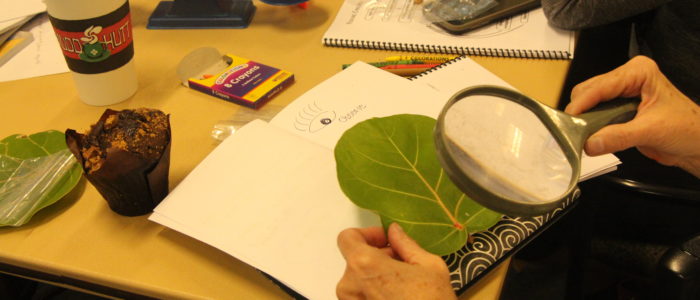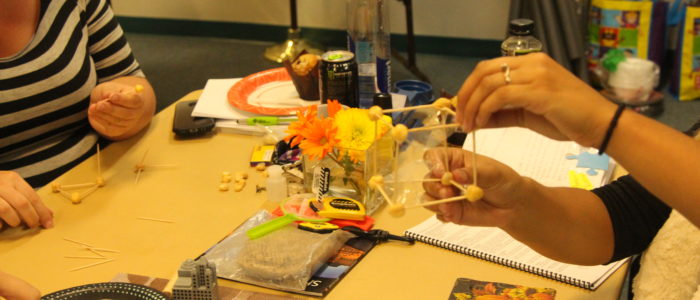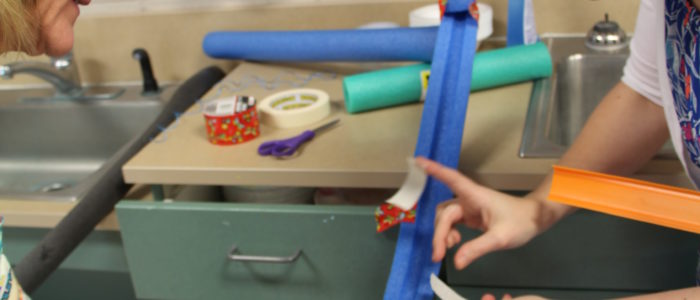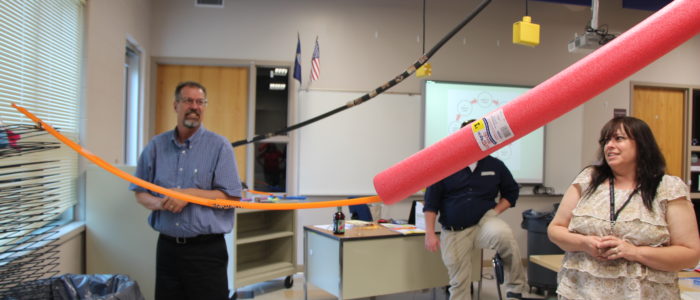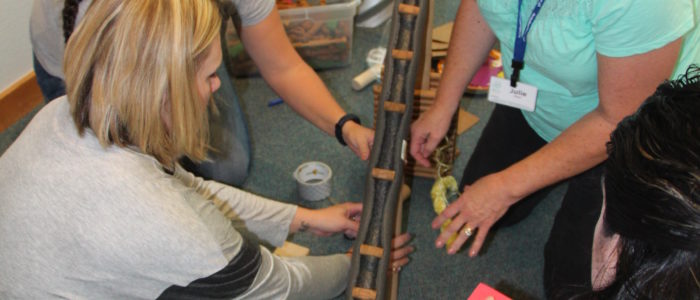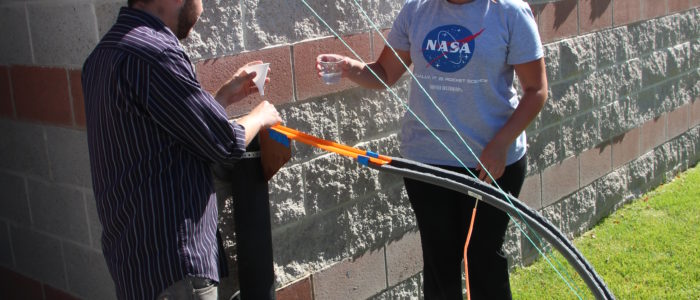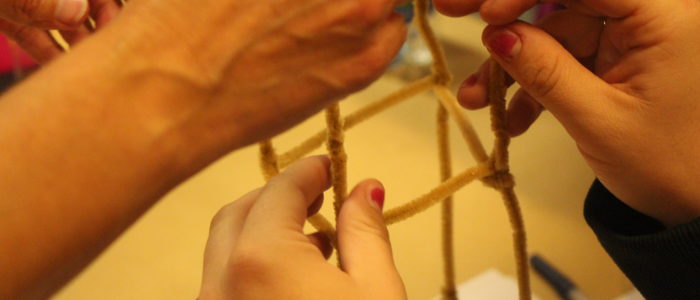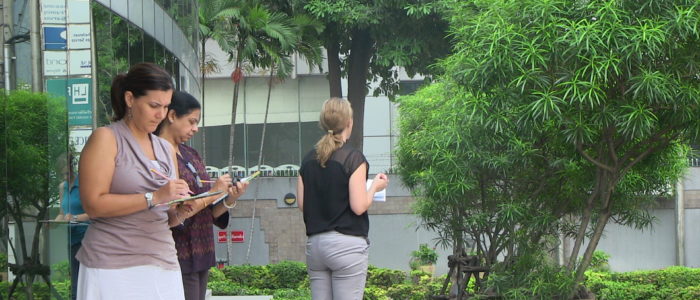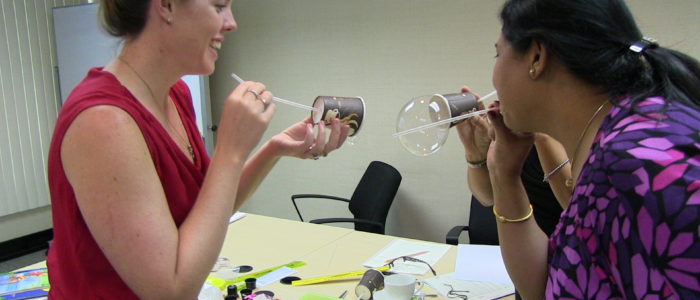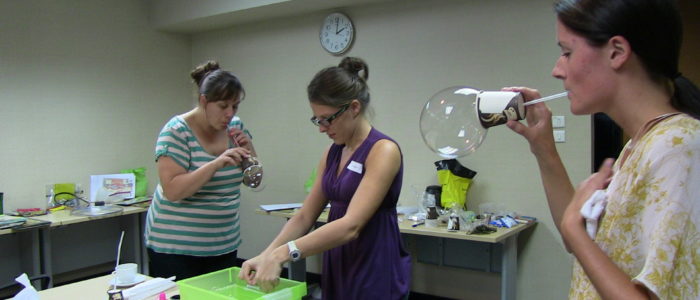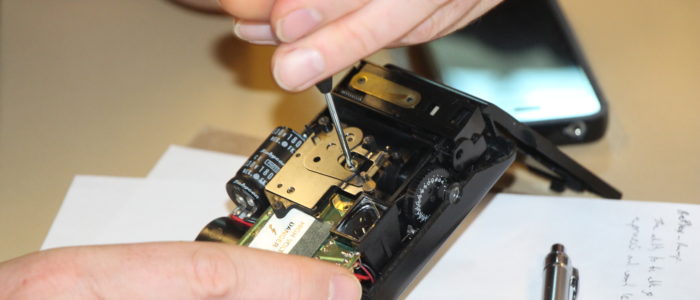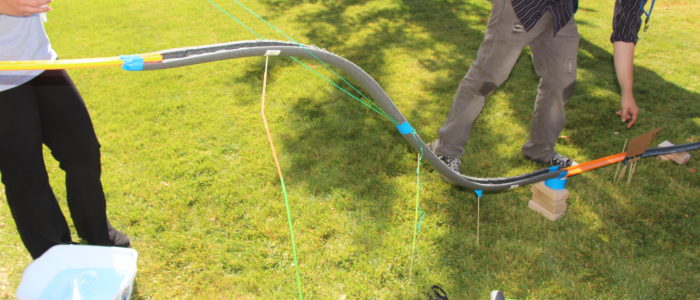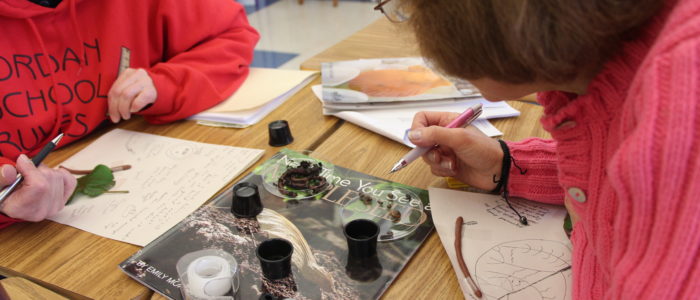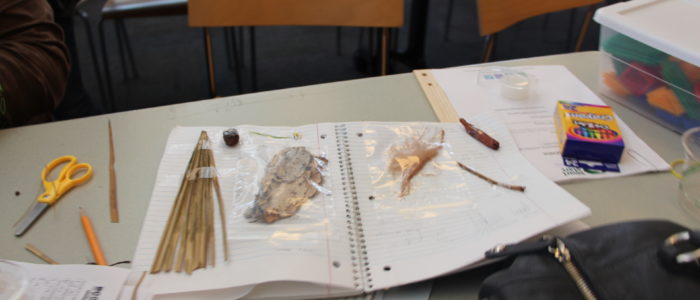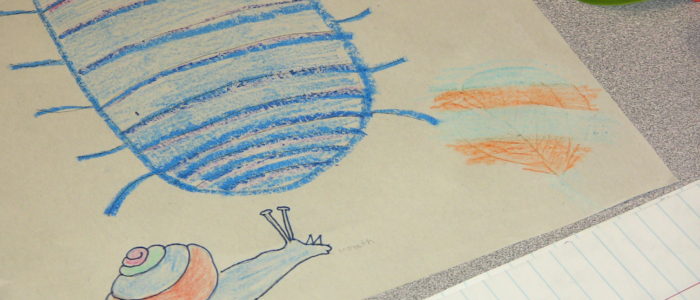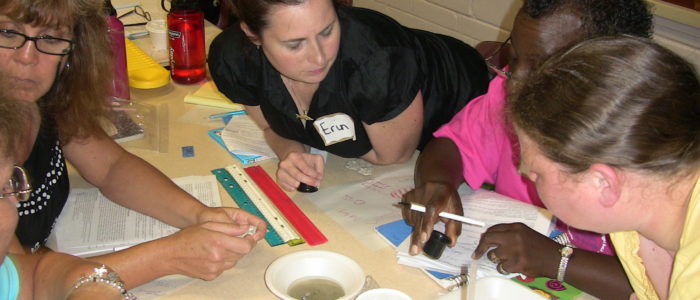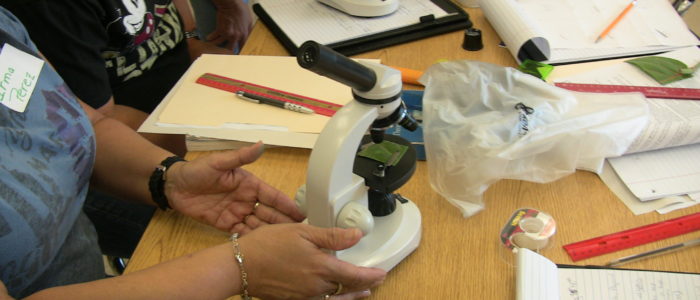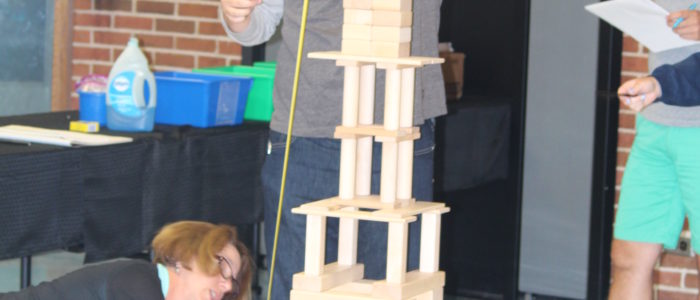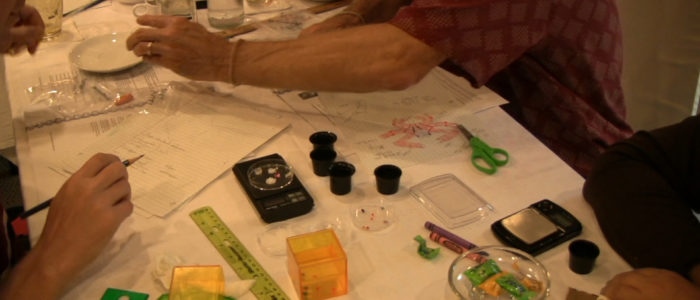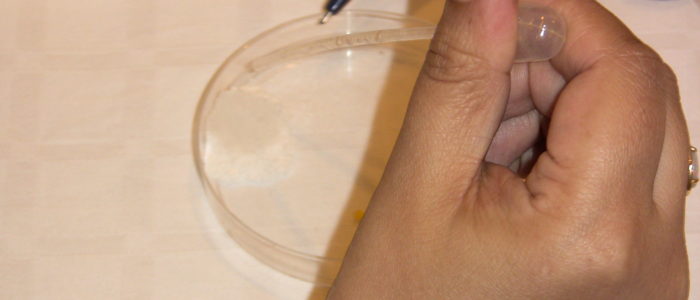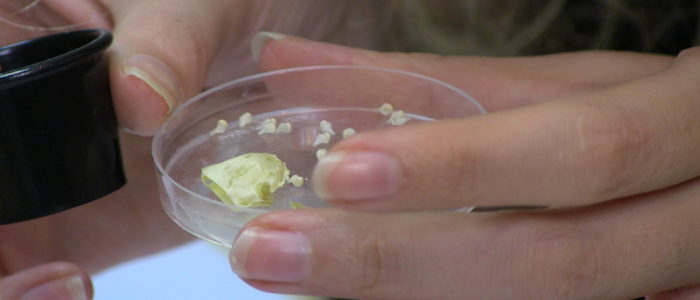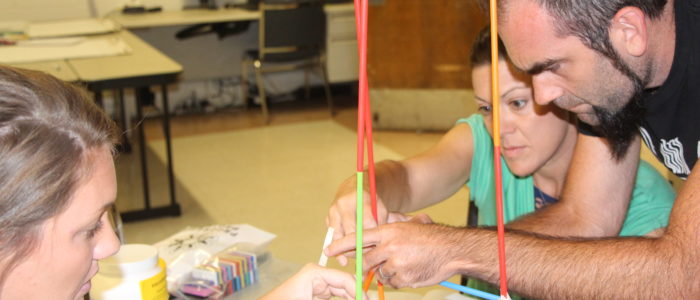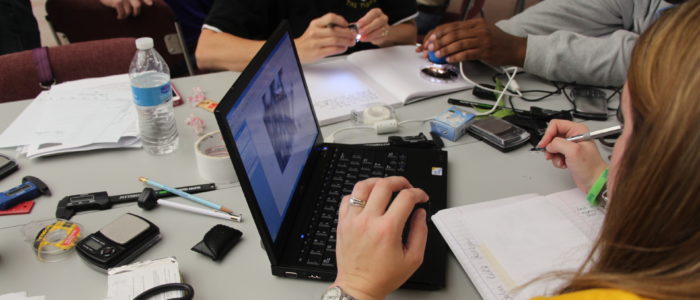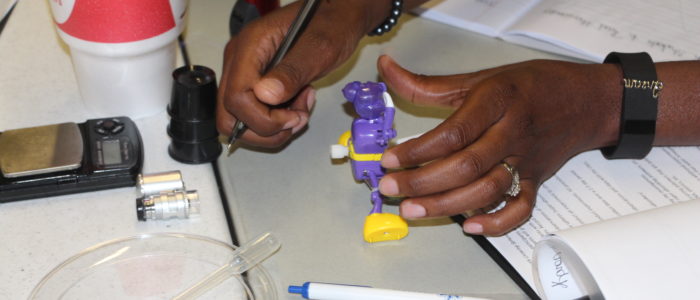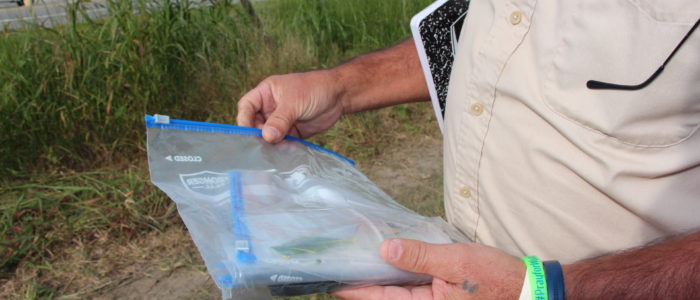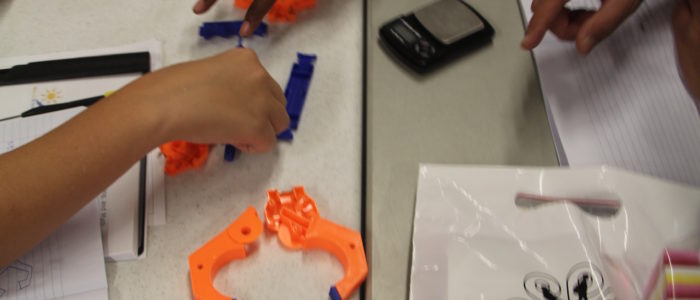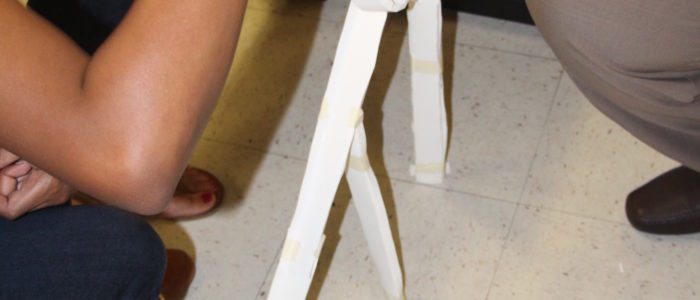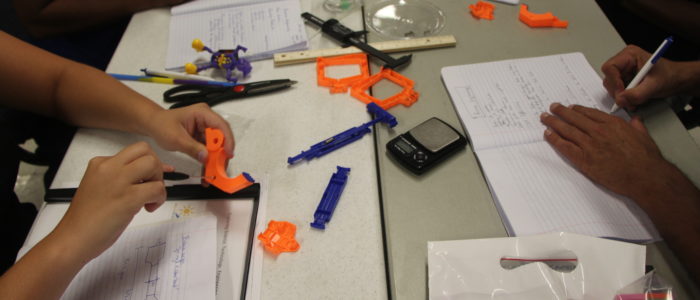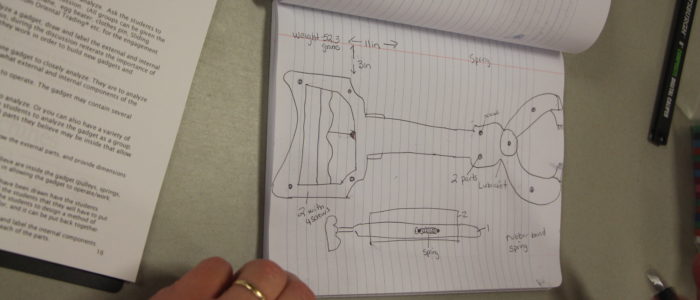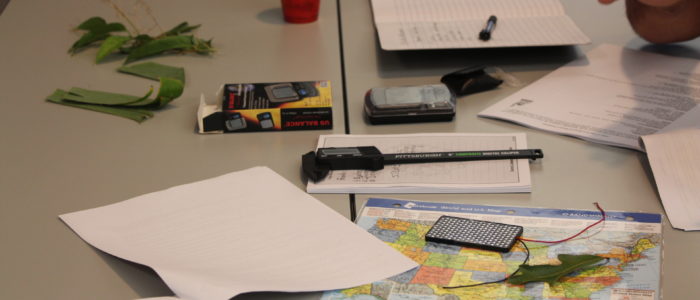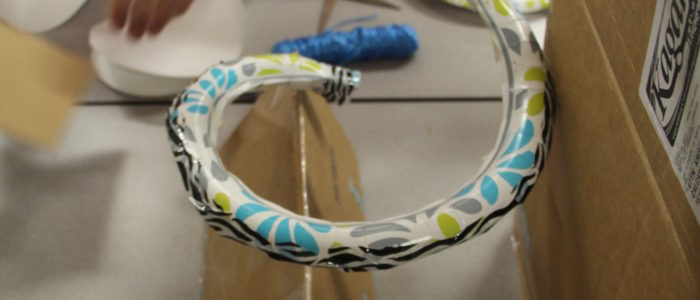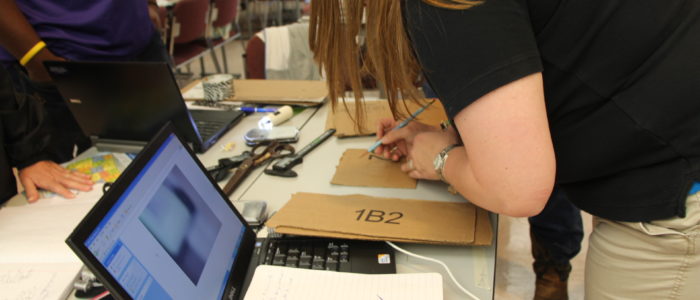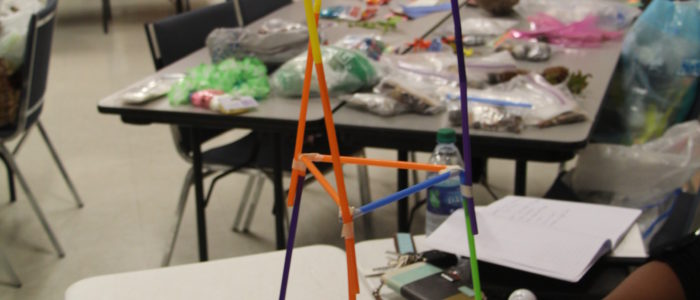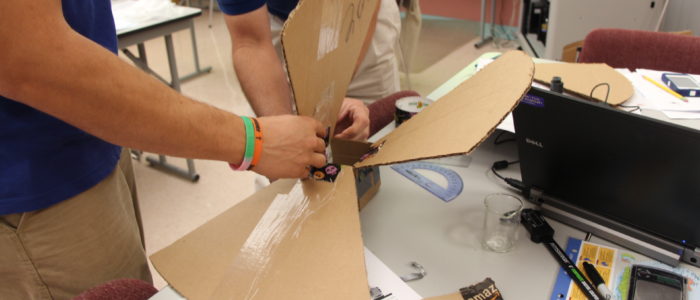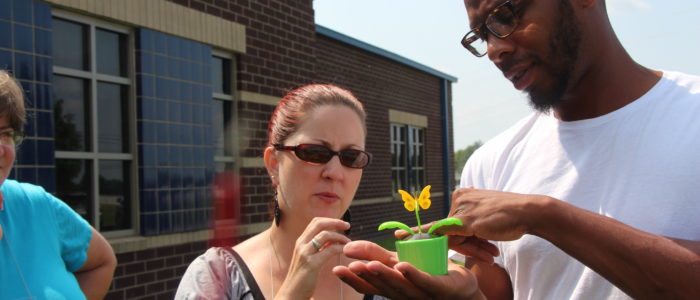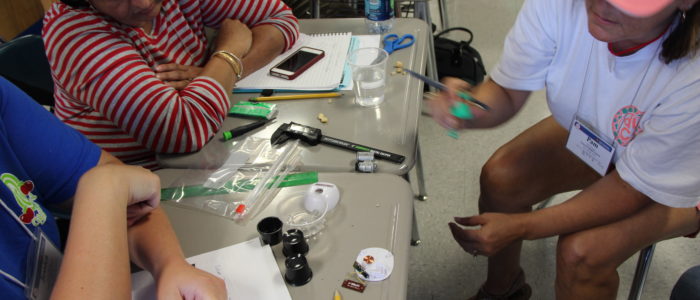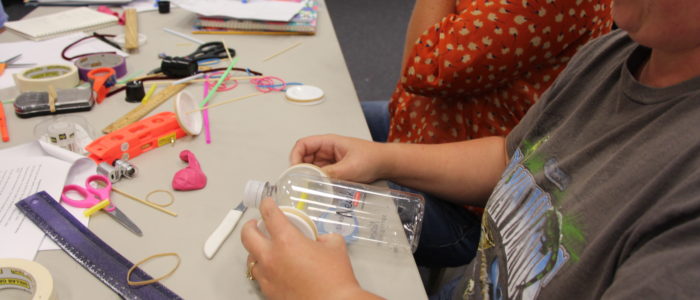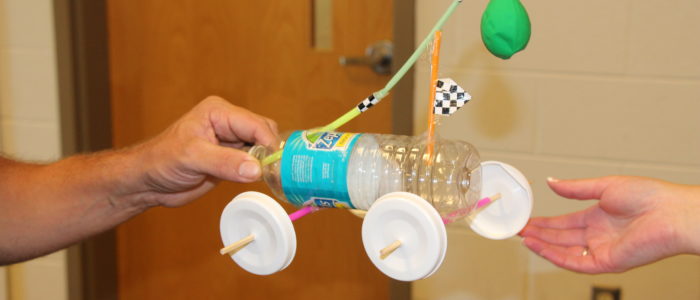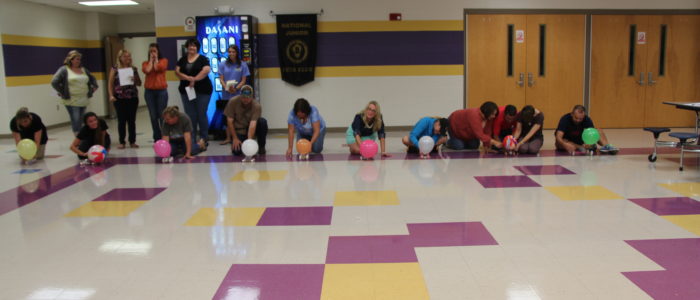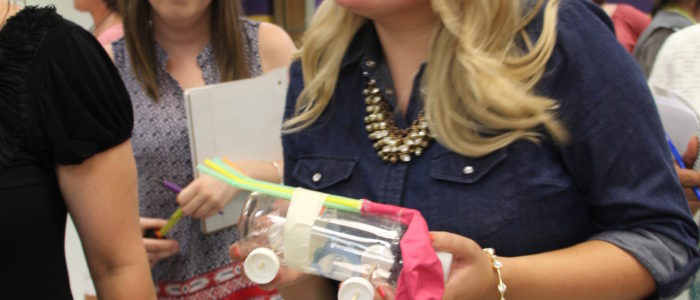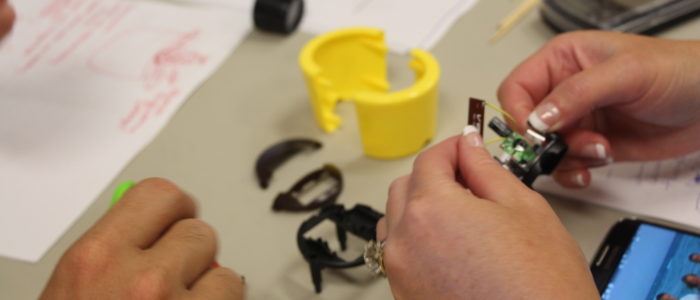Pi Day is celebrated on March 14th (3/14) around the world. Pi (Greek letter “ππ”) is the symbol used in mathematics to represent a constant — the ratio of the circumference of a circle to its diameter — which is approximately 3.14159. Pi has been calculated to over one trillion digits beyond its decimal point. As an irrational and transcendental number, it will continue infinitely without repetition or pattern. While only a handful of digits are needed for typical calculations, Pi’s infinite nature makes it a fun challenge to memorize, and to computationally calculate more and more digits. Resource PiDay.org Looking for engaging and fun ways to celebrate PiDay with your students check out the JPL site. https://www.jpl.nasa.gov/edu/share/pi-day-whats-going-round
Using Children’s Literature to Inspire STEM Learning
I recently had the pleasure of partnering with the Van Andel Education Institute in conducting a day-long professional staff development teacher training for K-5 Michigan Teachers. During the training teachers were introduced to reflective journaling, STEM practices, incorporating low-cost technology, inquiry-based teaching practices, aligning lessons with the Next Generation Science Standards (NGSS), and of course having the opportunity to preview a wide-array of K-5+ children’s literature books with STEM themes. Teachers explored the nature of matter aka Materials Science using simple forms of technology, observed patterns and shapes in nature and in man-made designs, and designed, built and tested marble rollercoasters. It’s always interesting and exciting to see the revelations and transformations teachers make throughout a training. The Van Andel Education Institute is a proponent for quality, long-term and sustainable professional staff development that will enable teachers to feel confident and empowered to go back into the classroom and engage and empower their students. Check out a sampling of photos taken during “Using Children’s Literature to Inspire STEM Learning” professional staff development training.
Breakerspaces, Toy Take Apart and Deconstruction Stations Great MakerEd and STEM Centers for Libraries
Great article by Katie Darty in School Library Journal on February 6th, 2018 on incorporating “Breakerspaces” in libraries. Breakerspaces are also known as Toy Take Apart Centers, Break and Make, Appliance Autopsy, Reverse Engineering and Deconstruction Stations. I find that introducing teachers and librarians to tinkering, hacking and creating new gadgets from deconstructed gadgets is one of the most powerful training experiences teachers and librarians can experience within a STEM, STEAM and MakerEd training. It’s also low-cost, sustainable, highly engaging, educational and fun for all ages of students and library patrons. Check out the following article by Katie Darty on incorporating Breakerspaces within school and public libraries. https://www.slj.com/2018/02/technology/trend-alert-breakerspaces-library-hacks/#_
NSTA Releases 2nd Annual Best STEM Books for K-12
Looking to incorporate STEM literature within your STEM and NGSS based lessons? NSTA has released the 2nd Annual Best STEM Books for K-12, check out the list here. http://static.nsta.org/pdfs/2018BestSTEMBooks.pdf
Using Loose Parts to Promote STEAM
I recently had the opportunity to share my knowledge and passion of the value of incorporating Loose Parts in the early childhood classroom to promote science, technology, engineering, art and math (STEAM) content. The theory of Loose Parts, a wonderful term coined by architect Simon Nicholson after his groundbreaking article “How Not to Cheat Children: The Theory of Loose Parts” published in 1971 in the Landscape Architecture Journal. Nicholson believed that we are all creative and that loose parts in an environment will empower our creativity. Loose parts creates endless possibilities and invite creativity. Loose parts are materials that can be moved, carried, combined, redesigned, taken apart and put back together in multiple ways. During this workshop early childhood educators were introduced to the theory of loose parts, and how loose parts can be used to promote science, technology, engineering, art and math (STEAM). Through hands-on-minds-on experiences early childhood educators explored a wide-array of materials that can be incorporated within indoor centers and outdoor play areas. Teachers rotated through seven loose parts centers tinkering, communicating, collaborating, using their critical thinking skills, and imagination. Incorporating loose parts within the early childhood classroom provide such wonderful opportunities for children to explore the world around them using natural, synthetic and recyclable materials. It’s low cost, sustainable, motivating, child-driven and highly engaging. For more information about incorporating Loose Parts within your early childhood + classroom and scheduling professional staff development contact Diana Wehrell-Grabowski, PhD on the contact page within this website. Check out a sampling of photos taken of the early childhood educators during the “Incorporating Loose Parts to Promote STEAM Content” teacher training workshop. What a great group of early childhood educators I had the opportunity to work with!
Using Phenomena in NGSS-Designed Lessons and Units
Using phenomena to drive instruction is at the forefront of Next Generation Science Standards (NGSS). Phenomena are natural and observable events that occur in the universe and that we can use our science knowledge to explain or predict. Despite the fact that phenomena are a key component in science and engineering, phenomena have been a missing piece in science education. By selecting phenomena that is interesting and relevant to students lives will focus the learning shifts from learning about a topic to figuring it out through hands-on-minds-on inquiry and problem-based learning experiences. For more information about using phenomena in your NGSS lessons from theory to practice check out the following resource from ngss.org at the following link https://www.ngssphenomena.com/phenomena/.
Top STEM Toys To Introduce Kids to Coding
Just in time for Computer Science Education Week December 4th-10th, 2017 and Christmas, here’s a list of the top STEM toys that introduce and reinforce coding for toddlers to teens. The following STEM-based toys are a great choice for introducing kids of all ages to coding, as well as developing coding skills. The following toys are great for at home use, and within K-12 classrooms. For more information about incorporating STEM and tech toys into the K-12 classroom contact STEM Education Consultant, Dr. Diana Wehrell-Grabowski via the contact page on this site. Diana conducts STEM, STEAM, MakerEd, and NGSS professional staff development worldwide, year-round. Osmo ALEX Toys Future Coders Cube Stackers Code & Go Robot Mouse Activity Set by Learning Resources Fisher-Price Think & Learn Code-A-Pillar Dash and Dot by Wonder Workshop Ozobot Sphero WoWWee Elmoji SmartGurlz Siggy Scooter with Doll Kibo Puzzlets Primo Toys Cubetto Code Monkey Island Robot Turtles Cubelets Robot Construction for Kids Hasbro FurReal Makers Proto Max Jewelbots Code Master
Computer Science Education Week December 4-10, 2017
December 4th-10th, 2017 is Computer Science Education Week. Check out the Computer Science Education Week.Org site to see all the exciting ways you can introduce and incorporate computer science education into K-12 classrooms. Check it out here.
Take It Apart STEM and Maker Challenge: Perfect for America Recycles Day
Have you ever met a child that did not like taking toys and gadgets apart? Probably not, we are all curious beings wondering what’s inside that household gadget or toy that makes it work. November 15th is America Recycles Day, take apart projects and challenges, reverse engineering and tinkering are perfect for introducing students of all ages to recycling, mechanical engineering, making, the repair culture, 21st century skills and more. During my STEM, STEAM and MakerEd professional staff development trainings I introduce teachers to incorporating tinkering, reverse engineering and deconstruction challenges. The teachers truly enjoy analyzing a gadget and then taking it all apart, they all agree that incorporating tinkering and a take-apart center within their K-12 classroom or library makerspace is totally doable with little effort. During the STEM, STEAM and MakerED trainings I have teachers analyze the gadgets thoroughly before deconstructing the gadget. They must also label all the parts, and figure out what the parts do. If they have no clue as to what the parts are and what their functions are, they are encouraged to use books such as How Things Work etc. and then proceed to conducting internet searches. The teachers are asked to affix the components onto poster board, cardboard etc. Each group is asked to share what they learned about the gadget with their peers. An extension to the challenge is to design and create a new gadget using components of the deconstructed gadget and/or make art pieces from the components. Introducing students of all ages to the practice of taking apart a broken or out-dated gadget will help students to understand many aspects of engineering, improving technology, materials science, science and engineering practices and more. Of course what excites teachers is that incorporating reverse engineering, i.e., take apart challenges and centers within the classroom and or library makerspace is relatively cheap or free aside from the initial investment of small hand tools and safety goggles etc. required to take apart object. The following photos were taken during STEM classes I’ve conducted for VPK students as well as teachers undertaking reverse engineering and maker challenges during STEM, STEAM and MakerEd professional staff development trainings I’ve conducted. For more information about America Recycles Day check out the following website https://americarecyclesday.org/ . For more information about the STEM, STEAM, MakerEd and Next Generation Science Standards professional staff development trainings I offer worldwide, year-round check out the description pages found on this website.
Washington Teachers Explore STEM and MakerEd Challenges During Teacher Training Workshop
I recently had the pleasure of sharing my knowledge and expertise of STEM and MakerEd strategies with elementary and middle school teachers in Washington. During the two day training teachers were introduced to the engineering design process, incorporating lessons that develop and strengthen 21st century skills, the design cycle, and methods/strategies to incorporate Makerspaces within their school library and classrooms. During the two-day training teachers were given the engineering design challenge of designing a roller coaster marble run using recycled materials, designing and creating a vehicle that was powered by air, using recycled materials, as well as designing and building a Vibrobot. Teachers were introduced to strategies on incorporating a Makerspace within their library, as well as ideas for Maker Centers within their classrooms. Teachers were introduced to a wide-array of technology, tools and kits that are commonly used in school library and classroom Makerspaces such as: Makey Makey, Snap Circuits, LittleBits, Makedo, Ozobot, Fisher Price Code-A-Pillar, Squishy Circuits and more. Additionally, teachers were introduced to incorporating tinkering/ take-apart centers within their Makerspaces. Teachers were given the task of analyzing a toy or household gadget with their group, they were then asked to take the gadget apart. They were to identify and label the parts etc. The components from the deconstructed broken gadgets can be used to create new gadgets and inventions, or used to repair similar gadgets. Students of all ages love to tinker, and I find that adults love to tinker and take part in deconstructing gadgets as well. The process of tinkering, and deconstructing gadgets indeed develops and strengthens 21st century skills, and incorporates science and engineering practices. The following photos are a sample of the STEM and Maker Explorations that were conducted during the two day STEM and MakerEd teacher training workshop. To schedule a STEM, MakerEd, or NGSS teacher training workshop complete the contact form found on the contact page.
